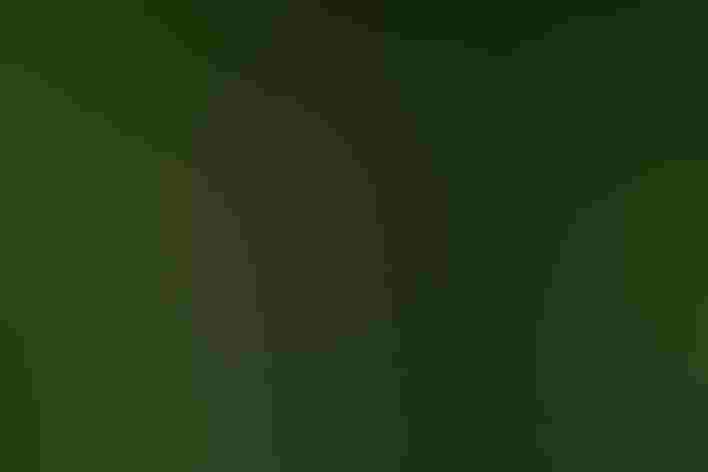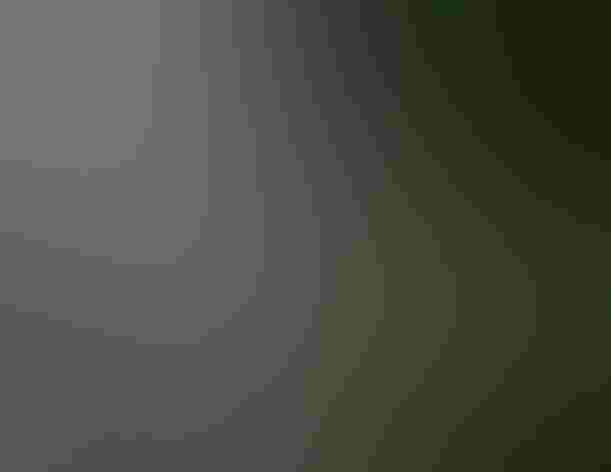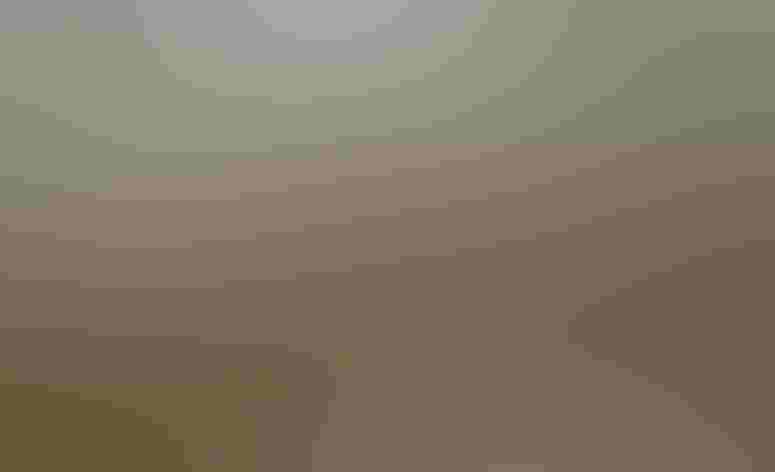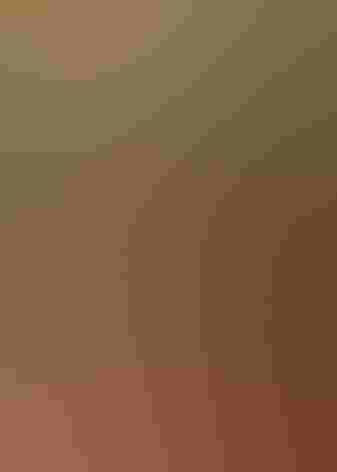European Starling
At a Glance
Often regarded as a pest, the Starling wins our grudging admiration for its adaptability, toughness, and seeming intelligence. Brought to North America in 1890, it has spread to occupy most of the continent, and is now abundant in many areas. Sociable at most seasons, Starlings may gather in immense flocks in fall and winter. When the flocks break up for the breeding season, males reveal a skill for mimicry, interrupting their wheezing and sputtering songs with perfect imitations of other birds.
All bird guide text and rangemaps adapted from Lives of North American Birds by Kenn Kaufman© 1996, used by permission of Houghton Mifflin Harcourt Publishing Company. All rights reserved.
Category
Perching Birds, Starlings and Mynas
Conservation
Low Concern
Habitat
Arroyos and Canyons, Coasts and Shorelines, Desert and Arid Habitats, Fields, Meadows, and Grasslands, Forests and Woodlands, Landfills and Dumps, Saltwater Wetlands, Shrublands, Savannas, and Thickets, Urban and Suburban Habitats
Region
Alaska and The North, California, Eastern Canada, Florida, Great Lakes, Mid Atlantic, New England, Northwest, Plains, Rocky Mountains, Southeast, Southwest, Texas, Western Canada
Behavior
Direct Flight, Flap/Glide, Formation, Rapid Wingbeats
Population
250.000.000
Range & Identification
Migration & Range Maps
Southern birds may be permanent residents, while many (but not all) northern birds move south in fall. Migrates mostly by day.
Description
8 1/2" (22 cm). Short tail, thin straight bill. Plumage black, with purple and green gloss in spring and summer. In fresh fall plumage, heavily marked with white spots, which gradually wear off during winter. Bill bright yellow in breeding season, with base of lower mandible blue in males, pink in females. Bill duller at other seasons. Juveniles (seen in flocks in summer) very different, all dusty gray, with dark bills.
Size
About the size of a Robin, About the size of a Sparrow
Color
Black, Brown, Green, Purple, White, Yellow
Wing Shape
Pointed, Tapered
Tail Shape
Notched, Short, Square-tipped
Songs and Calls
A series of discordant, musical, squeaky, and rasping notes; often imitates other birds. Call a descending whee-ee.
Call Pattern
Falling, Flat, Rising, Undulating
Call Type
Chirp/Chip, Scream, Trill, Whistle
Habitat
Cities, parks, farms, open groves, fields. Most numerous in farm country and in suburbs and cities, but inhabits almost any kind of disturbed habitat. Usually scarce or absent in extensive wild areas of forest, scrub, or desert, but will breed around buildings or settlements in the midst of such habitats.
Sign up for Audubon's newsletter to learn more about birds like the European Starling
Behavior
Eggs
4-6, rarely 7. Greenish white to bluish white, unmarked. Incubation is by both parents (female does more), about 12 days. Starlings sometimes lay eggs in each other's nests.
Young
Both parents feed nestlings. Young leave nest about 21 days after hatching. 2 broods per year.
Feeding Behavior
Forages mostly on the ground in open areas, often probing in soil with bill. Sometimes feeds on fruit up in trees, and sometimes catches flying insects in the air. Usually forages in flocks.
Diet
Mostly insects, berries, and seeds. Diet is quite varied. Eats mostly insects when available, especially beetles, grasshoppers, flies, and caterpillars, also spiders, snails, earthworms, and other invertebrates. Especially in fall and winter, eats a wide variety of berries, fruits, and seeds. Sometimes visits flowers for nectar. Will come to bird feeders for a variety of items.
Nesting
Male establishes territory and chooses nest site, singing to attract a mate. When a female arrives, male perches next to nest site and sings, often waving his wings. Male sometimes has more than one mate. Nest site is in any kind of cavity; usually in natural hollow or woodpecker hole in tree, in birdhouse, or (in southwest) in hole in giant cactus. Sometimes in holes or crevices in buildings or other odd spots. Nest construction begun by male, often completed by female (who may throw out some of male's nest material). Nest is a loose mass of twigs, weeds, grass, leaves, trash, feathers, with slight depression for eggs.
Climate Vulnerability
Conservation Status
Undoubtedly has had a negative impact on some native hole-nesting birds, such as bluebirds and Red-headed Woodpeckers, competing with them for nesting sites.
Climate Threats Facing the European Starling
Choose a temperature scenario below to see which threats will affect this species as warming increases. The same climate change-driven threats that put birds at risk will affect other wildlife and people, too.






